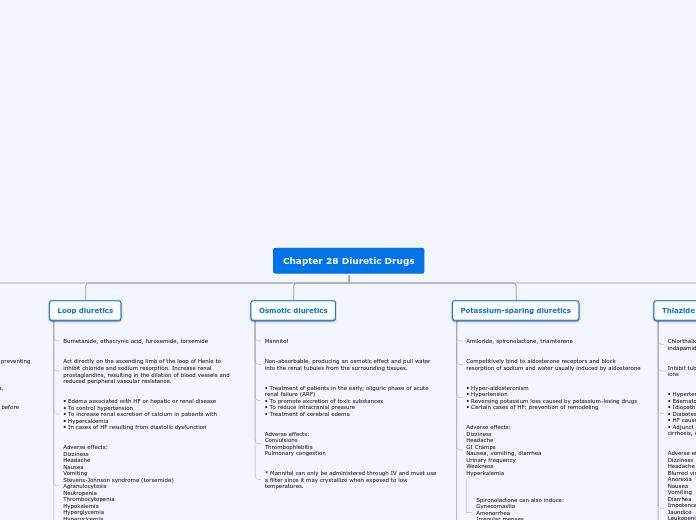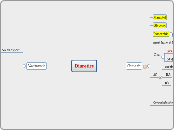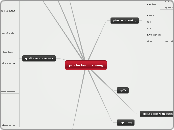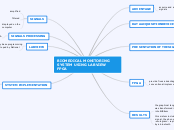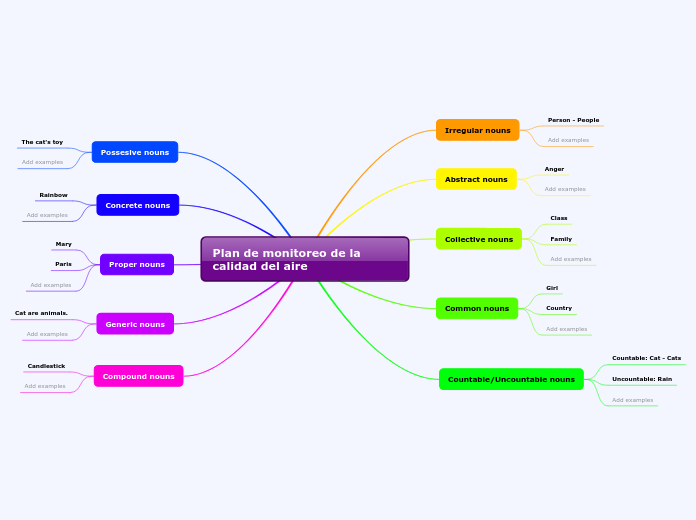da Songyuan Ma mancano 6 anni
732
Chapter 28 Diuretic Drugs
The text outlines critical considerations for nursing care associated with diuretic drugs, emphasizing the need to monitor patients for hyperkalemia, especially when using potassium-sparing diuretics.
